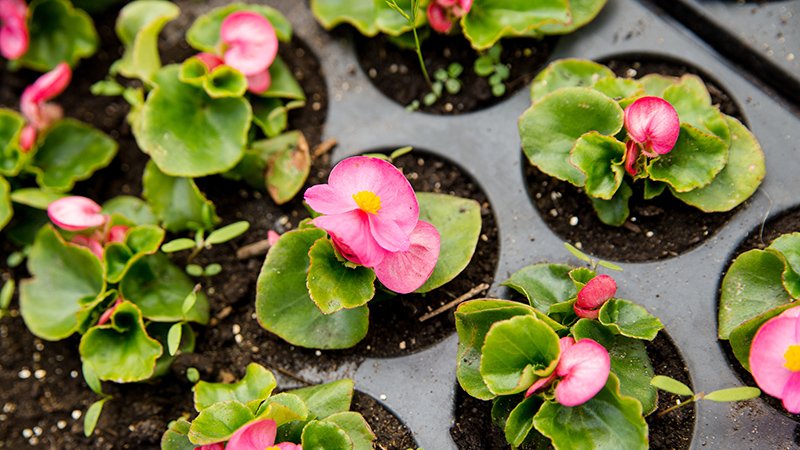How Shading Can Help You Manage Spring Greenhouse Heat Intensity
By planning to shade your crops, you can spare them, and yourself, the pain of sunburned foliage. Greenhouse operations can get tense in early spring as the intensity of the workload, space crunches, and insect populations all start to build. The increasing intensity of the sunlight can also be anticipated.
Each spring, the team at GGSPro sees examples of sunburned crops during this early spring transition. Below are some tips to help you avoid the setbacks and costs of a sunburned crop.
Timing the Shade
In the early spring, light levels increase rapidly. The more northern the location, the more rapidly the daylength increases over the spring months. At the same time as the duration is increasing, the intensity of the light is also increasing. The cumulative effect is calculated in the Daily Light Integral (DLI). Mapping DLI data by month shows the seasonal progression, as illustrated below from the work of Dr. Jim Faust’s lab at Clemson University.

From: Faust, James E., and Joanne Logan. 2018. Daily Light Integral: A Research Review and High-Resolution Maps of the United States. HortScience 53(9): 1-8
These data can be used as simple guides for shading decisions, even if over simplified. Deep-shade plants and many ferns are best shaded at DLIs in the 30 to 35 range (Kelly green). Shading should be applied over sun-sensitive and light shade loving crops when your location falls into the range of 35 to 40 DLI (lime green) in the maps. Most sun-loving plants will benefit from 30% shade at DLIs of 40 and above (yellow to orange shades). Remove the shade when the DLI falls below the trigger level you used in putting it on.
These guides are perhaps over-simplified but provide a starting point for planning and scheduling. Note that the light level in the maps can be, and normally are, significantly reduced inside the greenhouse by the glazing, settled dust and pollen, and overhead infrastructure.
Learn more in this GGSPro post.










